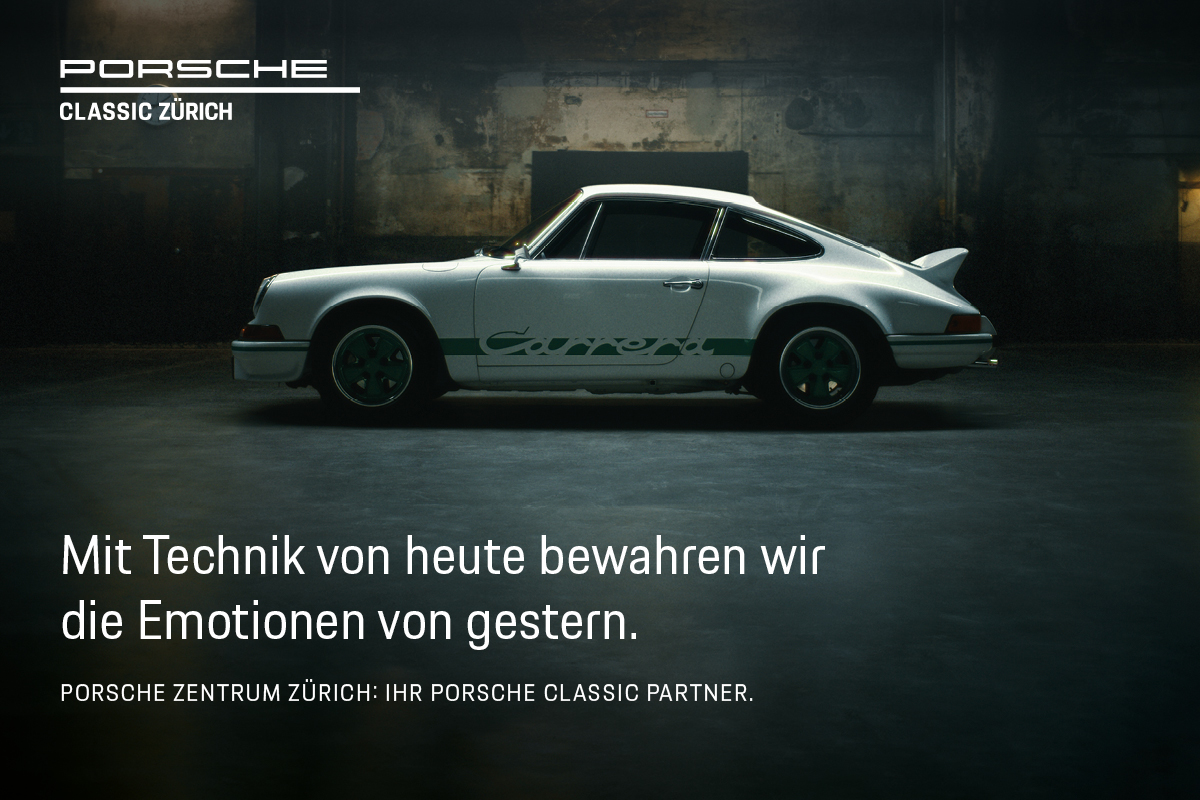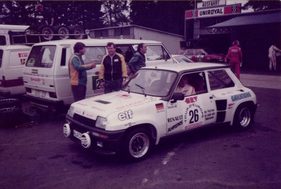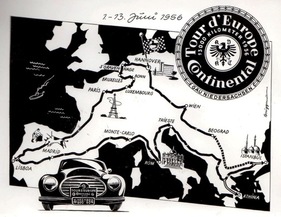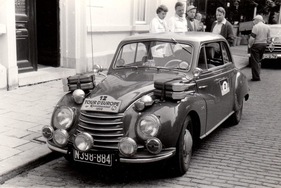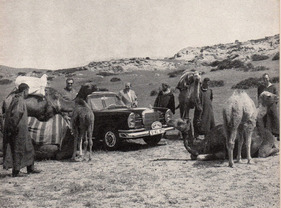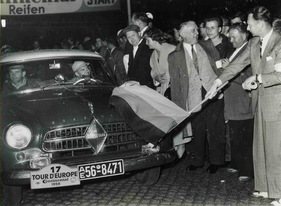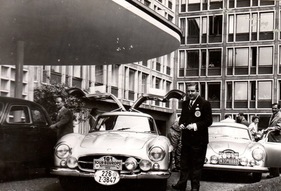The last adventure - Europe's longest rally called the "Tour d'Europe"
Summary
The longest rally "Tour d'Europe" was held for the first time in 1956. This is unique in and of itself, but when a former rally winner personally describes his impressions, exciting entertainment is guaranteed! Our report by Holger Bohne, three-time Tour d'Europe winner and former service man Thomas Mager, presents this unique event and recalls the first edition in 1956 in detail.
This article contains the following chapters
- Top-class hosts and forces of nature
- Good press despite fatalities
- Participants from all over the world right from the start
- Tour d'Europe as a benchmark for suitability
- The first Tour d'Europe in 1956
- About Holger Bohne
- About Thomas Mager
Estimated reading time: 13min
Preview (beginning of the article)
When Joachim Tietsch, the regional sports director of the ADAC Lower Saxony, and Hans-Georg Dobler, the future publisher of "Rallye Racing", set off across half of Europe in 1954 to determine a route for a long-distance event, nobody knew that this would be the birth of an adventurous rally that would thrill both participants and spectators with its transnational concept and its enormous length. Today, the "Tour d'Europe" is rightly one of the legends of motorsport, created at a time when there were still road races such as the Mille Miglia. There had never been a reliability rally of this length before. The Rallye Maroc and the Rallye Monte Carlo were previously regarded as the longest and toughest events. Even the spectacular Liège-Rome-Liège (later Liège-Sofia-Liège) was a "short" event, covering 5,000 km over 5 days. This new Tour d'Europe was extremely demanding on both equipment and riders. As a result, the list of starters and winners mainly included drivers who also had a name in international rallying.
Continue reading this article for free?
Photos of this article








